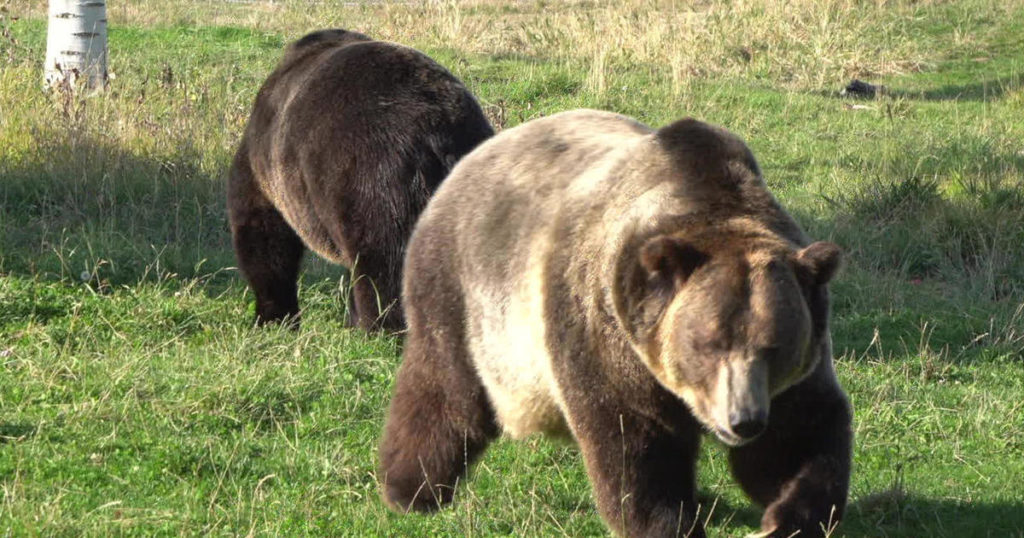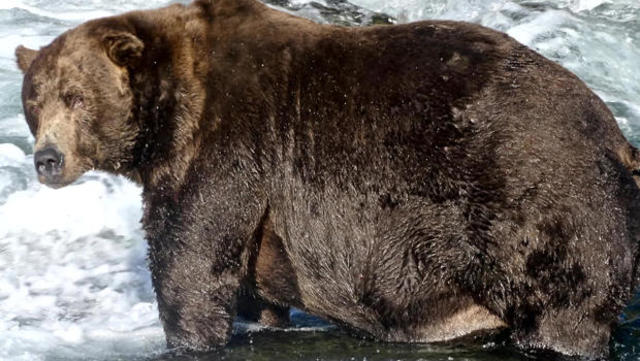For a bear, Brooks Falls at Katmai National Park in Alaska is like one of those conveyor-belt sushi restaurants. During the summer months, diners are treated to a seemingly endless supply of salmon.
Written content by CBS
This summer, the Alpha of Omega-3 consumption was a bear known as “747,” the recent winner of Katmai’s annual online Fat Bear Week contest. Jumbo jet-sized 747 is estimated to weigh 1,400 pounds.
But of course, all those pounds serve a purpose.

“Bears have an enormous appetite – it’s virtually unstoppable,” said Heiko Jansen, a professor of integrated physiology and neuroscience at Washington State University, home to the country’s only dedicated bear research center. “And they will eat and eat and eat to gain that fat mass to survive hibernation.”
Located in Pullman, Wash., the center houses 11 grizzlies, and these big mammals on campus are helping scientists unlock some of hibernation’s mysteries.
But first, let’s clear up a hibernation misconception: The common cartoon concept of hibernation involves bears going to sleep in November and then waking up for the first time in spring. But that’s not quite what happens.
“They actually don’t sleep all the time,” said Jansen. “They have a fairly regular sleep/wake pattern. And they will get up in the den, they might stretch a little bit.”
In fact, pregnant females give birth and nurse their cubs during hibernation. “The more fat a mom puts on going into the den, the bigger the cubs are that are born and the more cubs she can produce,” Jansen said.
But what scientists don’t fully understand is how bears can get so heavy and yet stay relatively healthy.
“Bears eat a ton, get fat, don’t get diabetes,” said correspondent Conor Knighton.
“Exactly. Right. They exhibit some of the signs that Type-2 diabetics exhibit, but then all of that reverses itself,” Jansen said.
In the lab at WSU, fat cells are analyzed for clues about how the bears beat diabetes. Grad student Hannah Hapner believes the answers could have implications far beyond the bear world. “Hopefully what I’m doing will assist in us figuring out how all that works, and then developing treatments for those human metabolic diseases as well,” she said. Read more from CBS.
Follow News Without Politics for more interesting and amazing, important, and relevant U.S. and world news stories plus health, entertainment, sports, weather, food and more without media bias.
Stay informed daily. News fair and balanced, ahead of influence.




